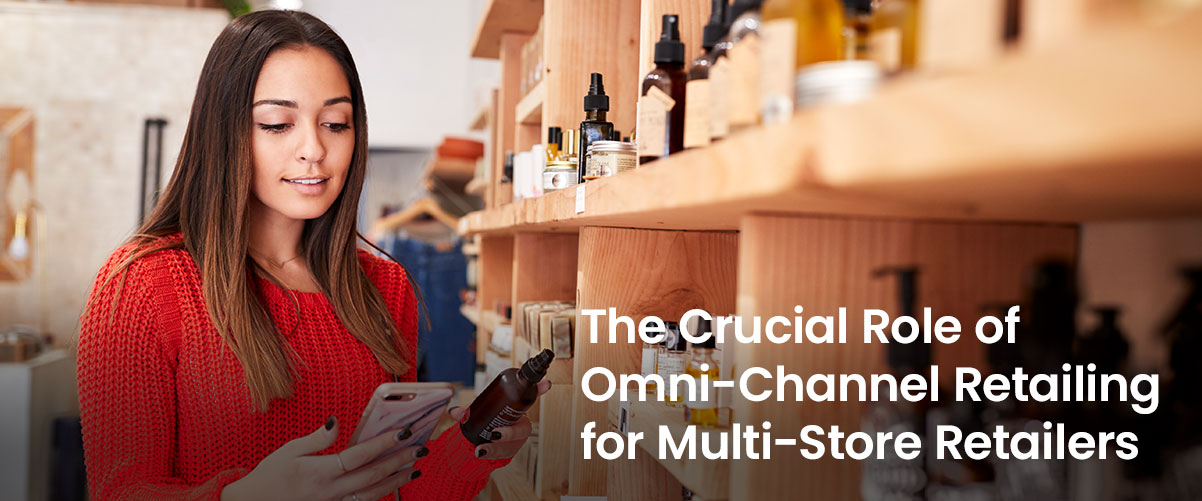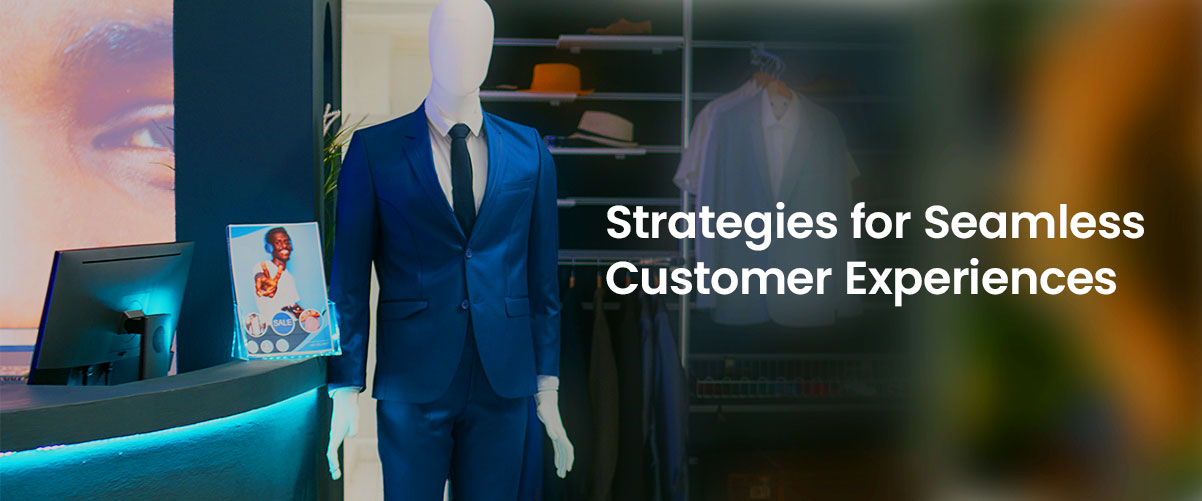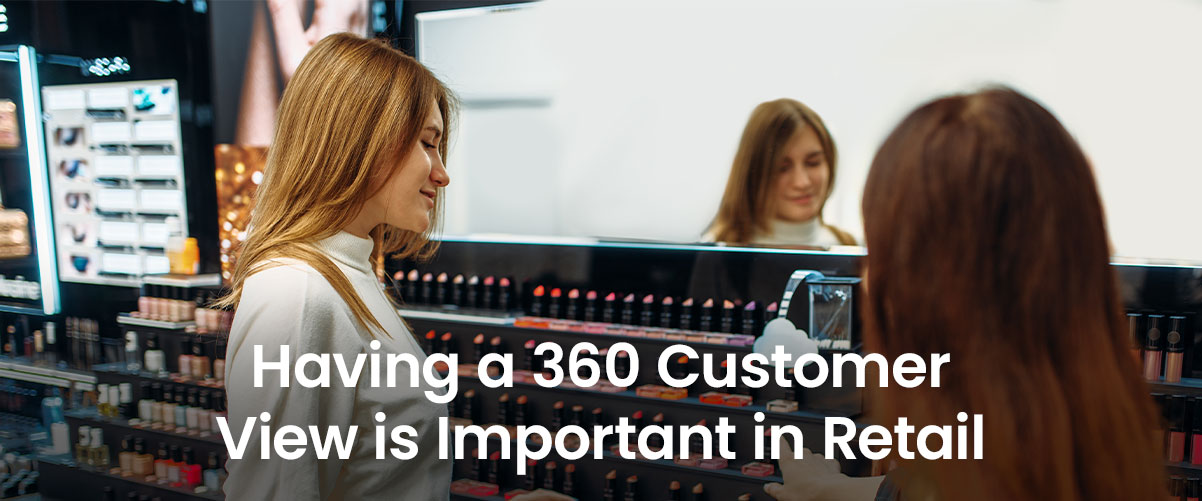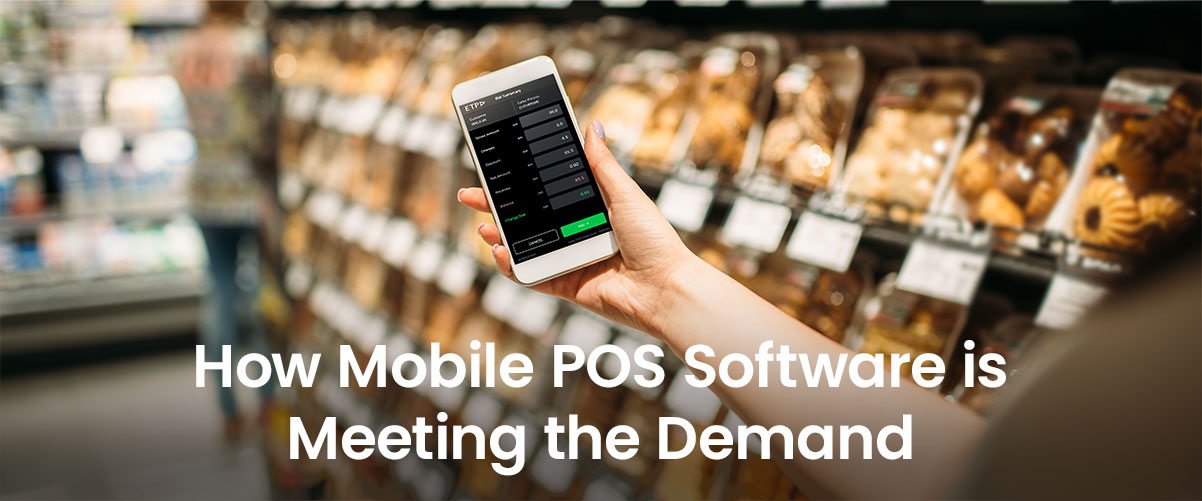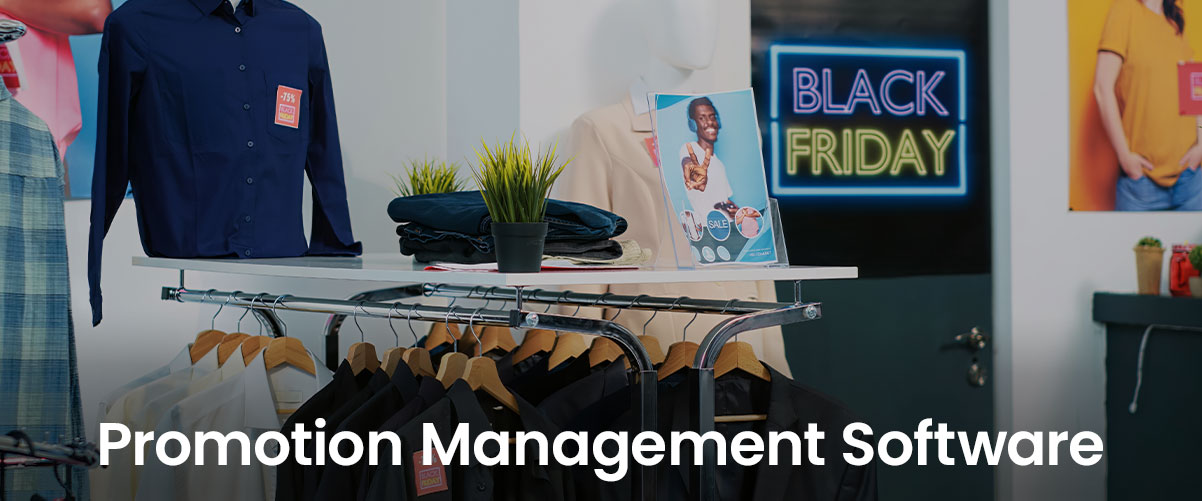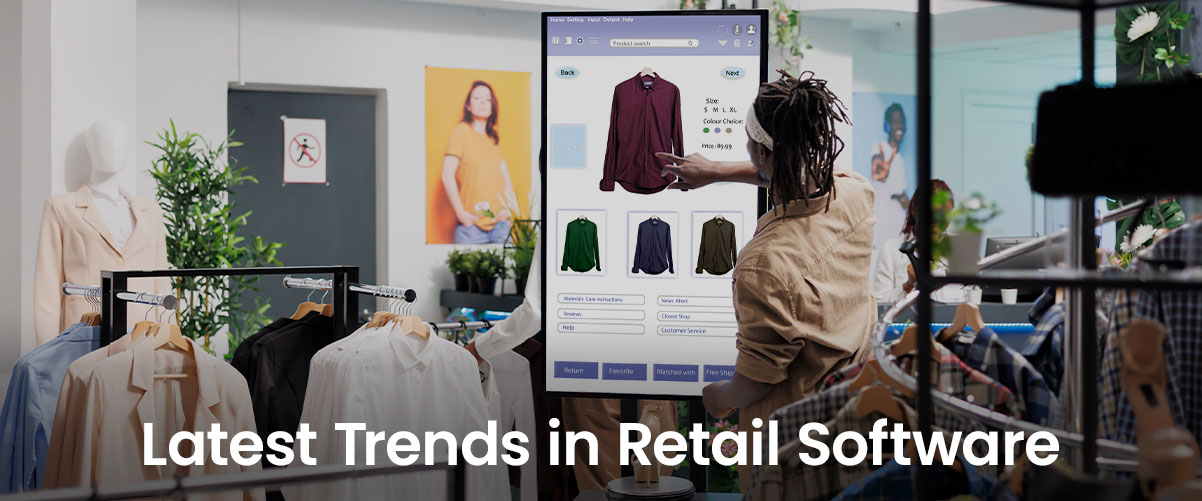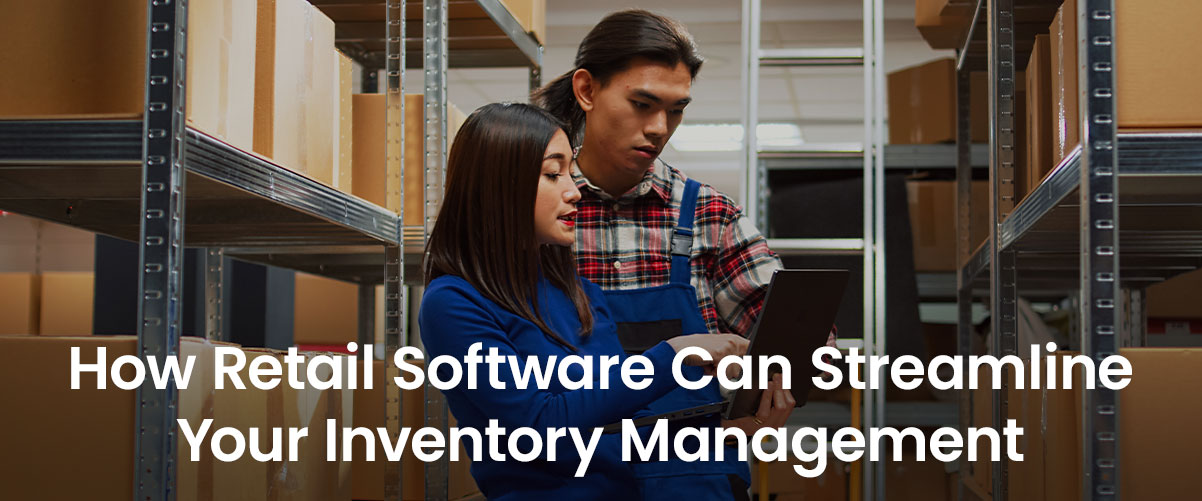Consumer expectations have undergone a significant shift, with a focus on convenience, connected shopping experiences, and personalization. Discover how to leverage your stores to elevate and distinguish your customer experience.
Omni-channel retailers now regard their stores as crucial assets worthy of investment. Last year, offline sales outpaced e-commerce for the first time, with physical stores growing at 18.5 percent compared to e-commerce’s 14 percent growth. While e-commerce is projected to surpass physical stores in future growth, the spotlight remains on stores. For most omni-channel retailers, this e-commerce growth implies increased investments in physical retail. Stores play a pivotal role in creating and satisfying customer demand, even if transactions eventually occur online.
Stores enhance brands by providing a tactile, human-centric experience that is impossible to replicate online. Store staff build trusted relationships with customers through advice, service, support and sales. They are often better at acquiring customers and stimulating repeat purchases than digital channels..
Furthermore, stores support e-commerce by positioning inventory near customers—the source of demand. Practices like click and collect, ship from store, and in-store returns have become standard for fulfilling online orders. Without a store, many online orders would not happen, and would be unprofitable. Thus, store-based retail is not going away, in-fact quite the opposite – its importance in the human interaction and social sharing aspect of retail is only becoming more sacred.
For multi-store retailers, the concept of stores is evolving from mere storage to spaces of exploration. The quality of this exploration is now more critical than ever. However, many retailers struggle to meet customers’ omni-channel demands and lack the infrastructure for modern shopping journeys expected by digitally-savvy post-pandemic consumers. They rely on disjointed, siloed backend systems that are cumbersome, inefficient, and costly to integrate. While they’d implemented quick fixes during the pandemic, they now require a comprehensive, long-term solution for unified data across all channels. The pressure is mounting on them to implement change rapidly and create the new “phygital” customer experiences demanded by the business.
So, what are the new capabilities retailers need to modernize their customer experience for digital-first retailing?
- Stores that Amplify the Digital Experience: The rise of live online customer experiences extends beyond social media and chat assistants to virtual shopping appointments. Retailers leverage store staff expertise to boost digital sales and service by providing in-store teams tools to connect with shoppers digitally. Unified commerce solutions automate the end-to-end process, from customer communications to seamless sales transactions and quick deliveries.
- Digital Convenience in Stores: The POS used to be the epicentre of the store technology experience. But today, consumers expect unlimited access to information and functionality to inform their purchasing decisions, and demand digital convenience inside the store. Retailers empower customers by integrating digital services, enabling loyalty point lookup, exploring product information, and creating digital wishlists in stores. Digital screens for instant browsing and shopping provide ‘endless aisle’ capabilities for browsing and ordering from the entire inventory.
- Self-checkout evolution into Self-service: Retailers modernize the checkout experience for customer convenience. They’re putting customers in control with fast and flexible self-guided assistance, mobile point of sale, and contactless payments anywhere in-store, out in the warehouse, or at trade shows and pop-up stores. Self-serve kiosks are practical for larger stores; grocery and convenience store retailers are taking advantage of new self-service software for touchscreen terminals, creating fast and memorable experiences.
- Endless Aisle for Seamless Ordering: Consumers choose retailers based on the ease and flexibility of the end-to-end experience. Retailers focus on the entire customer journey, implementing a ‘buy anywhere, fulfill anywhere’ strategy and a central unified commerce platform. This provides real-time visibility of inventory, orders, and customer data across the business. That means customers can shop for products of their choice, whenever they feel like it, using their most convenient channel. Endless aisle access to inventory lets customers order any product and get it delivered to any address.
- Flexible Omni-channel Fulfilment: With ecommerce sales returning to pre-pandemic growth levels, services such as ship-from-store, click-and-collect, endless aisle and returns anywhere are all just table stakes today. Retailers are prioritising capabilities that help them to launch and scale omni-channel experiences faster by improving store fulfilment efficiency and enhancing the store pick-up experience. They create hybrid stores supporting online sales while meeting customers’ expectations for fast pick-up and delivery. Ship-from-store capabilities not only enable ecommerce orders to be shipped from stores, but stores can also ship orders placed in other stores. And with a unified view of inventory across all stores and DCs they can quickly see where inventory is located, and choose the fastest route to fulfil orders.
- Unified Channels Enhance Personalization: As buying journeys start online and store visits become more planned, customer expectations for a seamless ‘one brand’ experience rise. However, many retailers have channel silos – which means any interaction or activity that the customer had with them online is not available to the customer or staff within the store. Retailers deliver personalized experiences using AI and intelligence across online and offline channels, delivering timely and relevant communications, recommendations, offers, and rewards. This extends into other communications such as e-receipts and shipping notifications.
- Unified Employee Experiences: A great customer experience depends on a great employee experience. Retailers invest in employee efficiency and enablement, equipping in-store teams with relevant customer intelligence like loyalty points, wishlists, and sales histories – to equip them to add more value to their customer interactions. AI technology offers personalized upselling recommendations during click-and-collect pickups. Localized pricing ensures up-to-date, competitive pricing, empowering teams to make informed, on-the-spot decisions.
In conclusion, there’s a colossal shift taking place right now in how multi-store retailers plan, build and deliver their in-store customer experience. The prime driver behind this upheaval is the boom in ecommerce that is creating new online shopping habits and reshaping consumers’ expectations of in-store experiences. The synergy between the online and offline embodiment of a brand, understanding the customer’s path to purchase and shopping history have all become fundamental to creating lifetime customer value.
ETP Group has a proven and reference-able track-record of success supporting multi-store retailers at the forefront of omni-channel innovation, with a robust product capability and experience, and the right people and processes to move fast.

